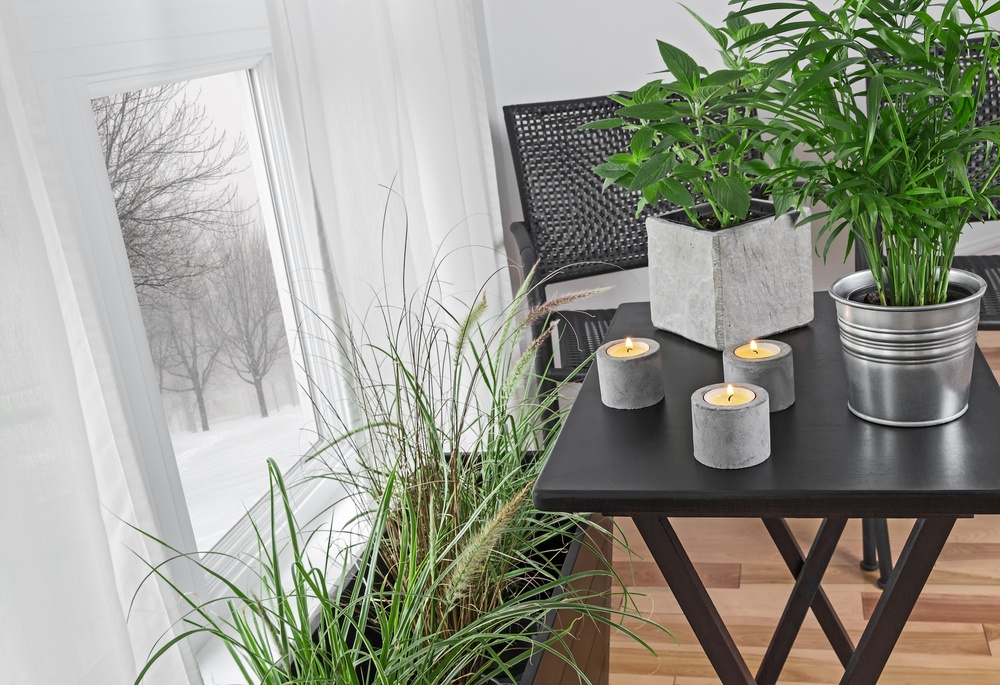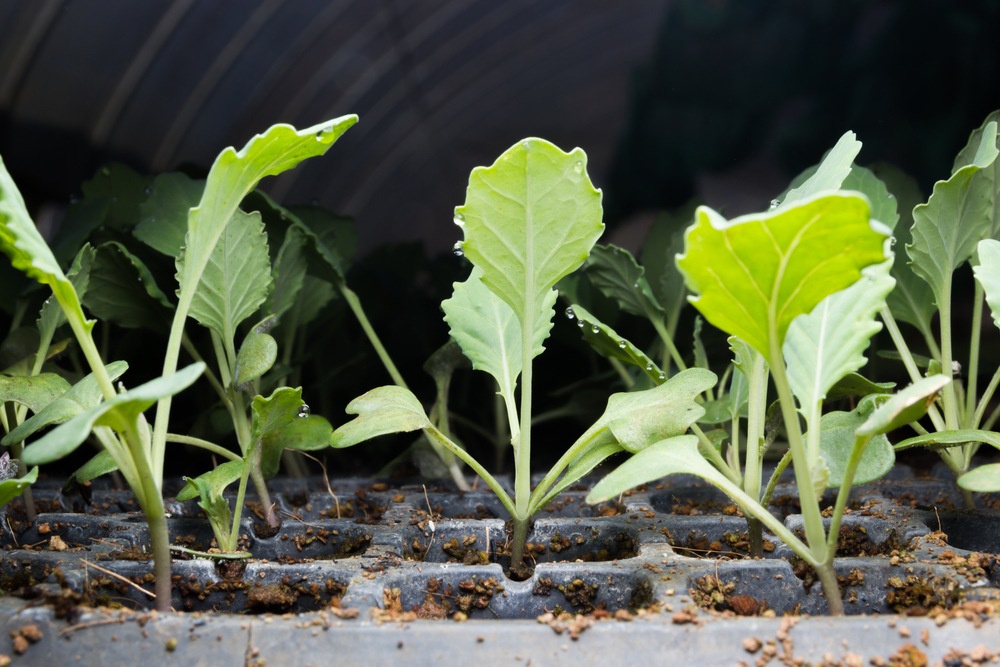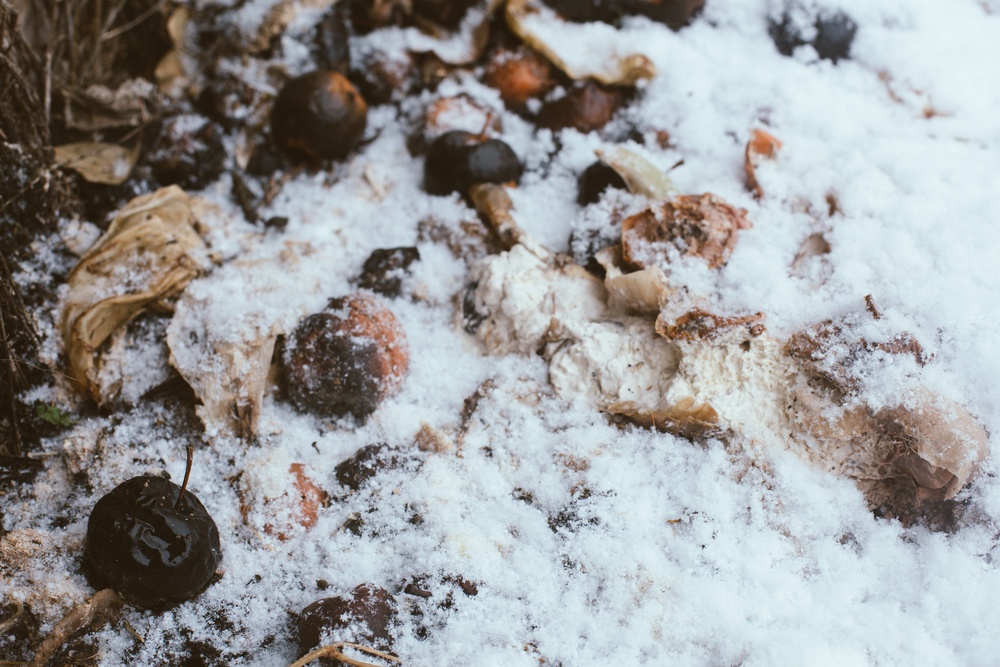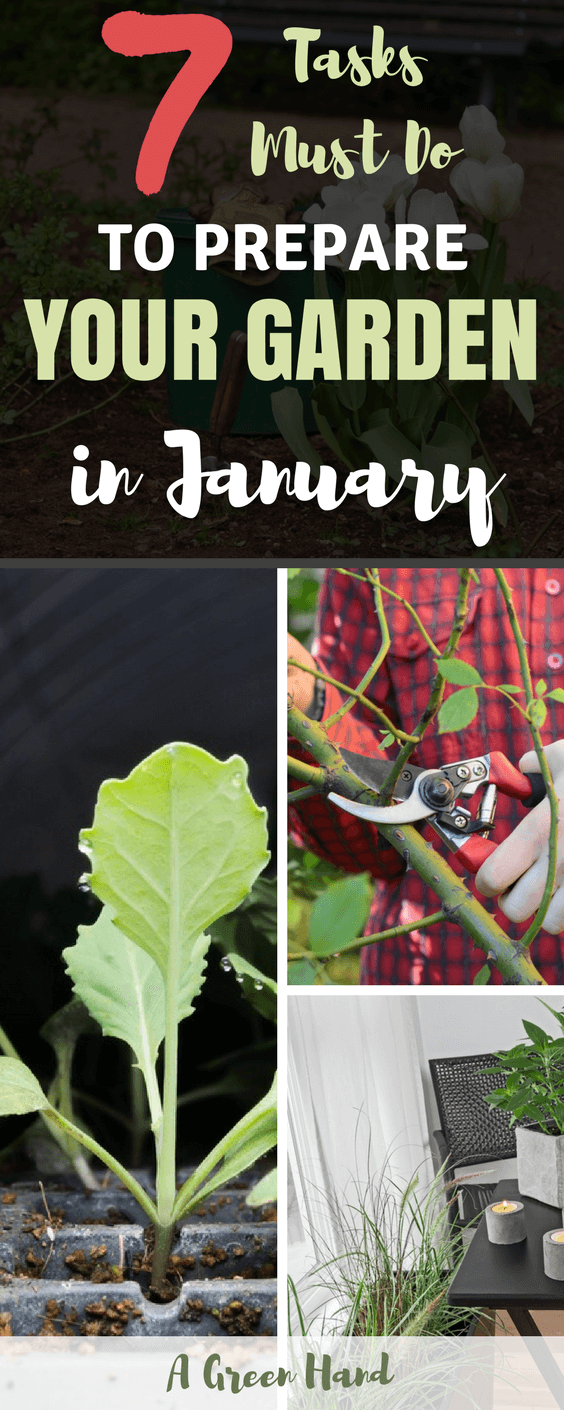A new year gives you an opportunity to have a fresh start. This is the perfect time for you to try new things for your garden. Likewise, this is a period for taking care of your property. Here, we present you with a list of gardening tasks and projects for January - the first month to start a whole new year.
#1. Bird Feeding
At the start of the year, some of the ground is still likely covered in snow. Thus, it becomes difficult for birds to search for food. One easy way to help these birds stay healthy during January is to buy a bird feeder, which will usually cost around $20.

Still, you don’t even have to purchase one to feed the birds. If you have some plywood or discarded carpet parts and there are no pests in your area, you can place that on the snow-covered ground and put the food there.
Pest Management
However, you must be careful of storing the birdseed and nuts when other creatures such as rats and squirrels are around. To prevent this, put the bird food in a tough container and place a heavy object on the lid.
If you notice that a squirrel has been trying to destroy the bird feeder, you should place the birdfeeder high up by hanging it through a thin wire between two trees or wooden posts. Also, remember to clean the ground for any seeds that the birds might have discarded as they pick the food.
#2. Indoor Gardening
Apart from tending to your garden outside your home, you should also take notice of your indoor plants. Remember to remove any dust accumulation on the leaves to keep the leaf pores unclogged. You can do this through lightly watering them, using a small brush, or wiping them with a damp piece of cloth. Similarly, you must get rid of any weeds or insects lingering around your indoor plants.

The placement of your indoor plants is also important. Do not put them too close to the windows where they can’t be protected by the curtains. January can have some seriously cold nights. Thus, you should always keep the curtains or blinds closed at night.
Temperature
Of course, the plant type will reveal the best location to place them in your house. Desert plants such as African violets and Poinsettias will thrive in rooms with warm temperature. On the other hand, plants such as the cast-iron plant or Yuccas should be grown in cool-temperature rooms. Furthermore, you must place a water-filled container and some moistened pebbles around your indoor plants to keep them adequately humid.
Soil Type
As for soil type, the cactuses and succulents will thrive in well-drained soil that contains a minor amount of sand. Ferns are better off in soil that is rich in organic matter. You can improve the humus content through the simple addition of shredded bark and compost.
Moreover, orchids will grow well in either fir bark or in clumps of Sphagnum moss. If your orchids have medium-sized or large-sized roots, you should have a medium-sized fir bark mix. For orchids with fine roots, you only need small fir bark.
#3. Tree Trimming
Pruning or trimming a tree can be a time-consuming activity yet an essential task to preserve or improve trees’ health. For one, thinning a relatively thick canopy will allow more air and sunlight to reach more parts of the tree. More circulation and sunlight lessens the probability of plant diseases spreading all around it.

Benefits Of Tree Trimming: Damage Prevention And Safety
Cutting down rotten branches stops pesky insects from invading the tree. Also, trimming the tree will prevent the branches from constantly coming in contact with each other, which tends to damage the branches in the long run. In addition, pruning can be utilized to either stimulate or limit growth in certain areas of the tree.
Regarding safety, pruning trees make your area secured. Any low-hanging branches can become obstacles to drivers and passersby. With sufficient trimming, you can maintain the natural form of the tree and slow down the growth rate of your plants. Of course, tree trimming simply helps in maintaining a clean and visually appealing property.
Pruning Period
Trimming your trees is conducted best when they are still in their dormant period. Apart from apricot trees, fruit trees should be pruned between December and early February. Thus, pruning them in January will help you get a good amount of fruits to harvest in the future. For peach trees, you should prune it by 50 percent. As for apple and pear trees, around 15 to 20 percent of them can be pruned.
Also, deciduous trees such as red oak, sugar maple, silver maple, and white ash should be pruned during winter. However, you must remember not to prune cherry trees and apricot trees at this period since they could succumb to a trunk disease known as Eutypa dieback. These two trees should be pruned in the latter half of August instead.
Equipment To Use
There are several pruning tools you can utilize. The simplest one is the hand pruner - a good tool for removing branches that are 0.75 inches in diameter at most. Also, you can pick either a bypass hand pruner for clean and scissor-like cutting or anvil hand pruners using a blade and a bar.
The second type is the lopper, which looks like a hand pruner with the addition of a long handle. This allows you to cut down dense foliage and out-of-reach branches. Typically, you could cut down branches that are up to 1.5 inches in thickness with a lopper.
Finally, you can opt to get pruning saws. These have self-cleaning blades that help keep it sharp despite coming in contact with the sap found in trees. If you trim trees at a ground level, you can get a handheld pruning saw. For reaching higher sections, you could get the pole-mounted pruning saw.
How To Prune
In general, you can pick between heading the trees and thinning them. Heading cuts involve cutting the shoots and branches so that they can revert to stubs or small branches. This cutting style stimulates the tree to undergo a process of lush regrowth.
On the other hand, a thinning cut is done to restore the natural look of the trees. Cut down the branch to a sizable lateral branch or to its original location. When you conduct thinning cuts, you must find the correct place to cut it down from. Look for the branch collar characterized by bumps or rings at the base of the branch, and cut before it.
#4. Growing New Plants
The start of the year is a great time to grow new vegetables and flowers. In January, you can begin to sow broad beans and beans while harvesting artichokes, cabbages, carrots, cauliflowers, kale, lettuce, and parsnips.

Likewise, you can grow cool-season vegetables like cauliflower, broccoli, and spring lettuce alongside bare root plants such as artichokes and horseradish. Also, bare roots plants include fruits such as berries, grapes, strawberries, and kiwifruit are also suitable for growing in January .
Roses And Other Flowers
If you want some flowers, you can grow bare root roses. These are typically delivered with their canes surrounded by wax, which stops the flowering plant from being dried during the shipping period or while they are still in stores. Apart from roses, you could grow baby blue eyes, lupines, mountain garlands, mariposa lilies, and wild hyacinths to give a variety in color.
#5. Cleaning And Storing Garden Tools
The next task you should consider is the maintenance of your gardening equipment. If you have some pruning equipment, you could disassemble them to safely clean each component. It is also easier to sharpen the blades and replace them if necessary.
As for knives, they also require enough cleaning and sharpening. This is quickly done with some portable sharpening steel. For shears, you should have a metal file to sharpen the cutting edge.

Cleaning Digging Tools
A lot of cultivation tools are made out steel. Specifically, they could be classified as either carbon steel or stainless steel. For carbon steel gardening tools, you must practice cleaning and oiling on a regular basis. This should improve the hoes and spades to go down into the soil.
You must remember that while some cultivation tools have a non-stick coating, they could fade away with extensive use. For stainless steel digging tools, their quality can be easily maintained if you regularly remove soil and debris by brushing, washing, and drying them.
Efficient Storing
Once you’ve cleaned your gardening tools, you should place them in the storage shed. However, you should not just store them in random places. This makes it difficult to find the right tool when you need it.
Worse, you could get injured if you reach for a sharp tool in some corner. Thus, you should use hooks, shelves, and racks to organize your gardening equipment. If there are many cords, you should be patient enough to coil them well.
Read more about How to drain gas from snow blower before storing
#6. Composting
Due to the cold weather, composting during winter doesn’t seem like a good idea. However, you need the compost to sustain the growth of your new plants in January. Thankfully, you can actually continue composting even if the compost material seems to be on the decline. For one, you must gather all of the kitchen scraps.

Compost Insulation
Chicken manure and alfalfa pellets, among other high-nitrogen compost material, help sustain the temperature and encourage microbial activeness. Let the compost pile have sufficient space for air to improve insulation and help in the oxidation process. In particular, the pile can be insulated through the placement of fallen leaves or straw at the center.
Creating A Hole And Preserving The Humidity
You might be wondering how you can maintain the placement of the leaves and straw if you will regularly place kitchen scraps. Well, a good strategy is to create a hole at the uppermost section of the compost heap. This should be big enough for the food scraps to travel through down to the pile.
In addition, you should put some the leaves from the side to the hole after putting in the scraps to achieve a good layer of green and brown compost material. Furthermore, if the weather isn’t cold enough to rapidly freeze water, you can lightly water the compost pile to keep it humid.
Here is a video about winter composting:
#7. Recycling The Christmas Tree
Finally, it’s time you make good use of your Christmas tree. Instead of throwing it out, you can turn it into something that is beneficial throughout the year. If the tree still has roots, you can choose to plant it in your backyard.

Bird Feeding And Mulching
Likewise, a whole tree could be converted into a bird feeder. To attract the birds, you can get some mesh bags and put dried fruits and bread in them. Similarly, birds will fly down to consume the popcorn strings and cranberries hanging on the Christmas tree.
Also, it’s likely that your local community has tree-recycling programs for its residents. Once Christmas is over, you could have it cut down by people from the city hall or the garden center. These Christmas trees will then be utilized for mulching, which will then help improve the quality of soil and plants in your local gardens and parks.
Conclusion
Overall, it’s safe to say that there are a lot of gardening-related things you could do at the start of the year. From maintaining a winter compost pile and storing your gardening tools to growing new vegetables and flowers, you have a lot of options to take if you want to develop your property early on.
We hope that you learned a lot from our guide. If you have any queries, feel free to give us a comment.
Read more:
Lawn Care Topics You Should to Read
Pin It!


